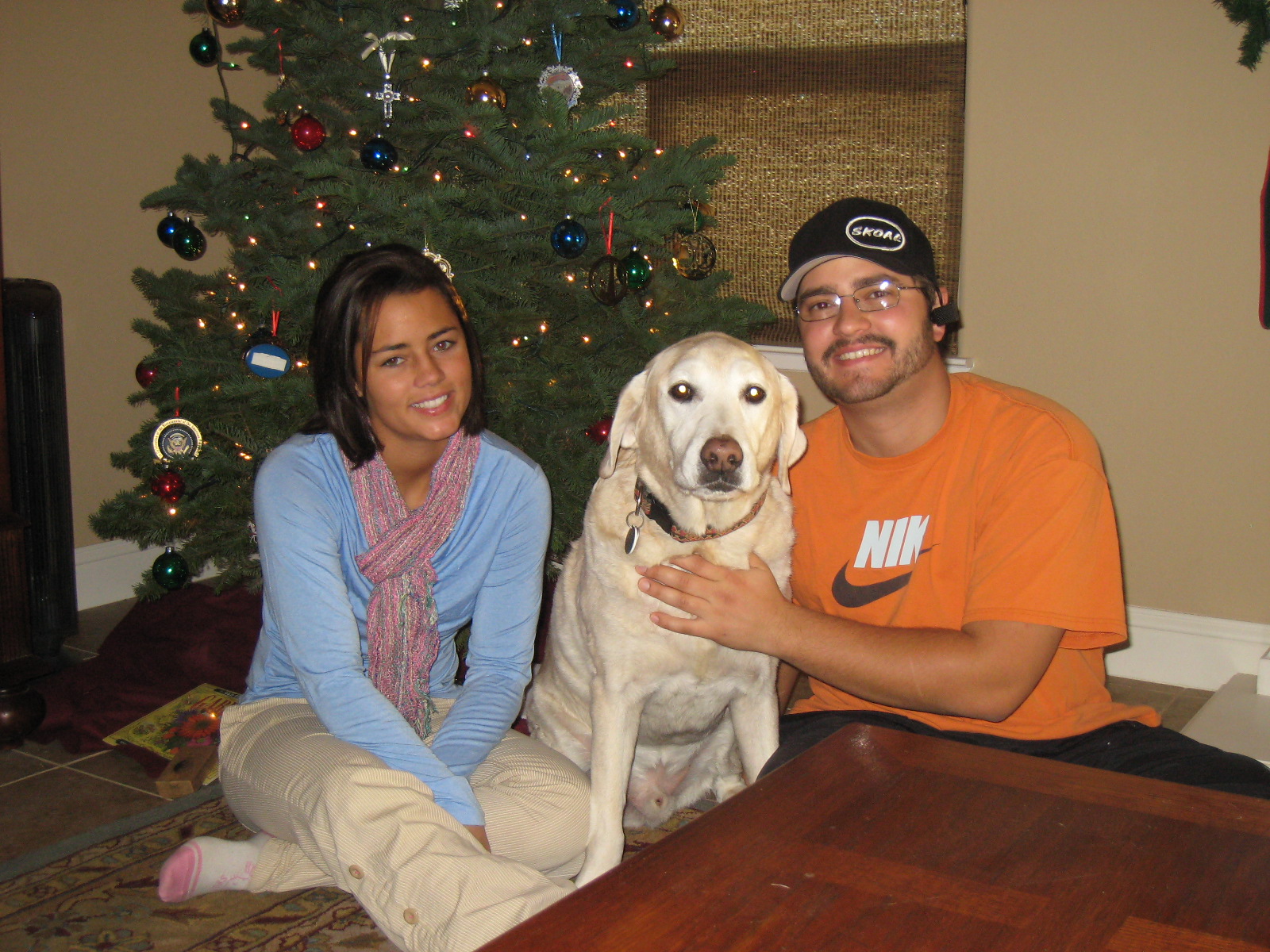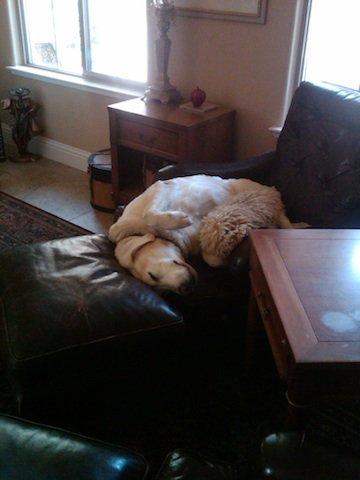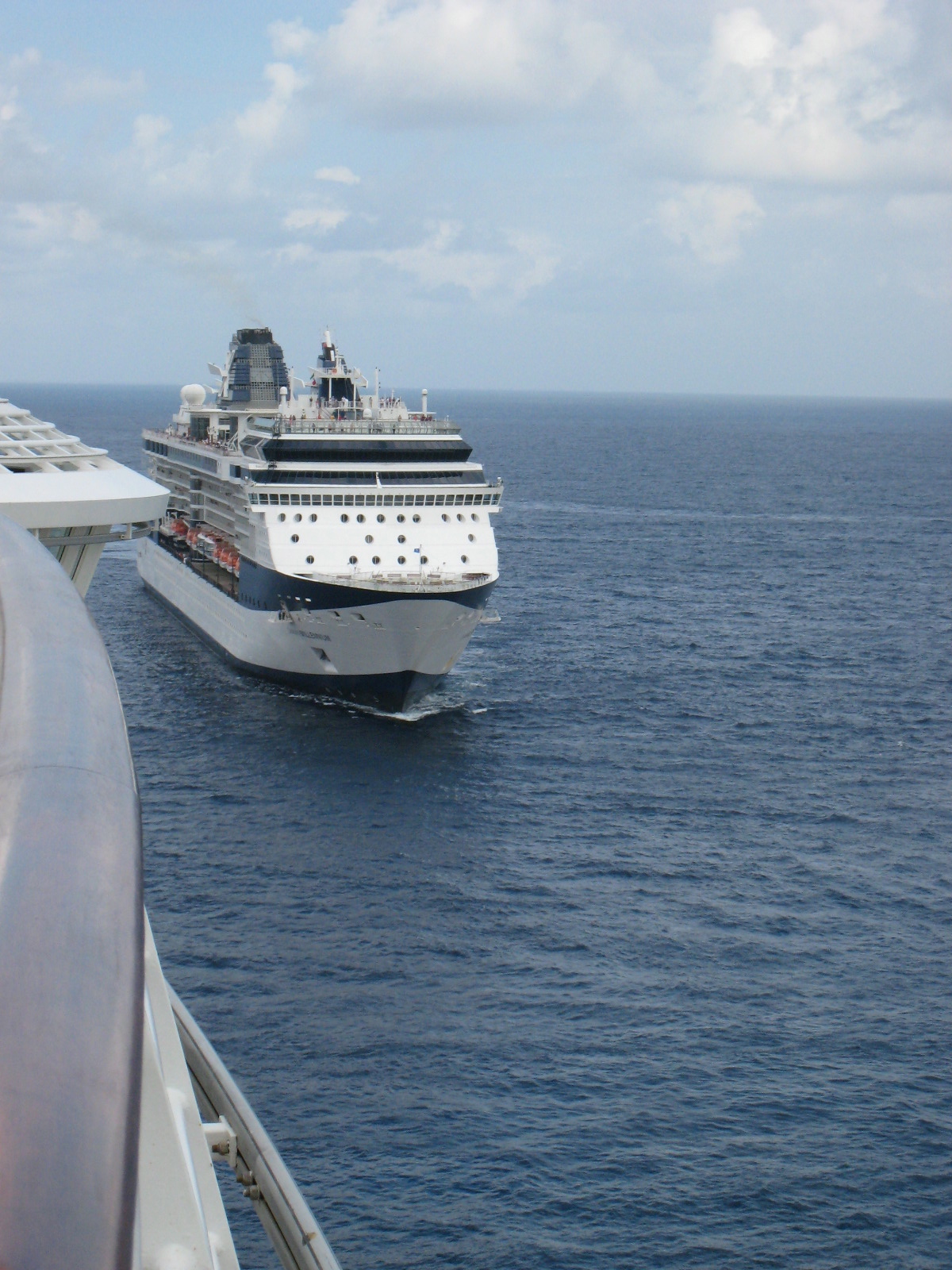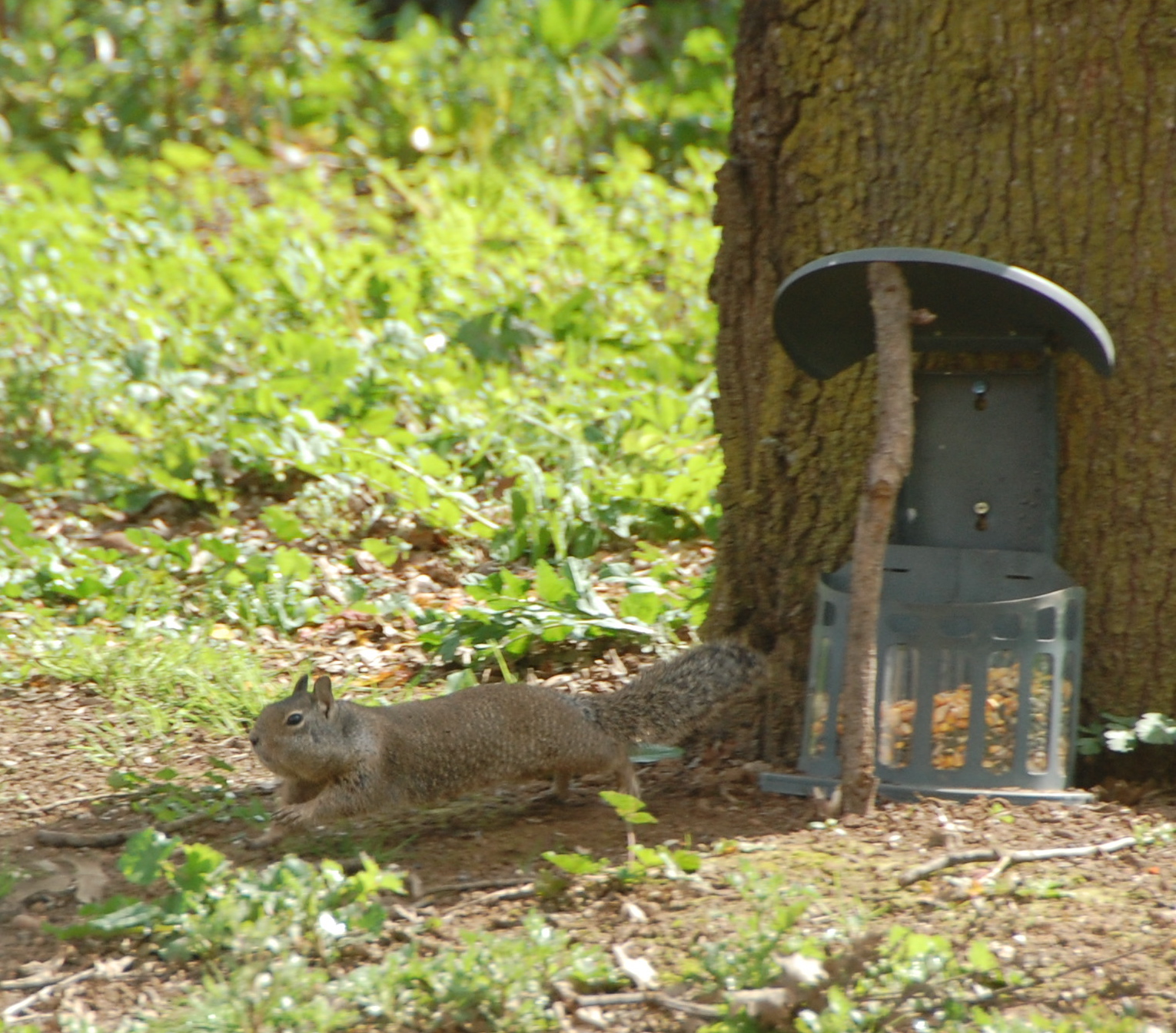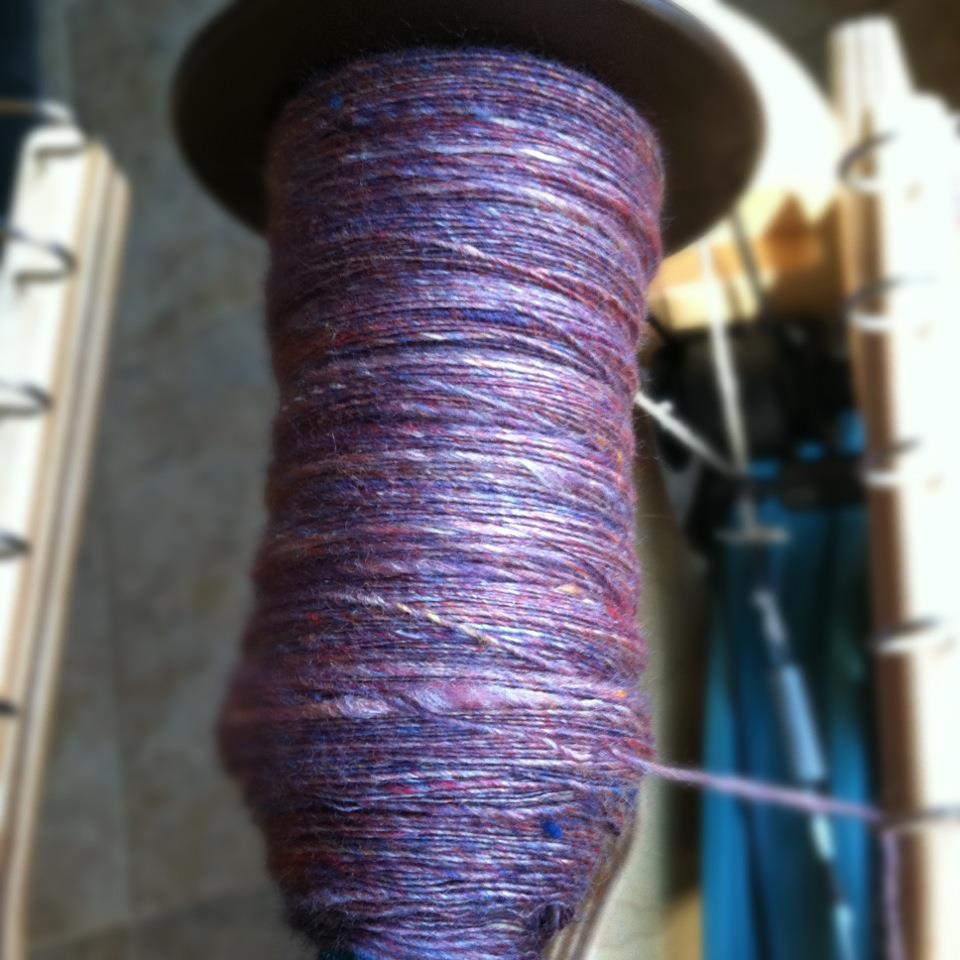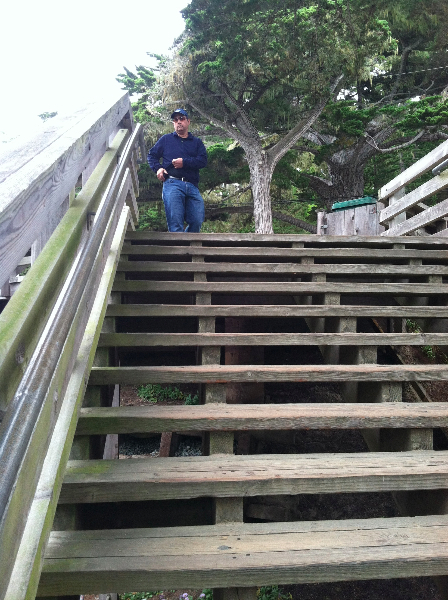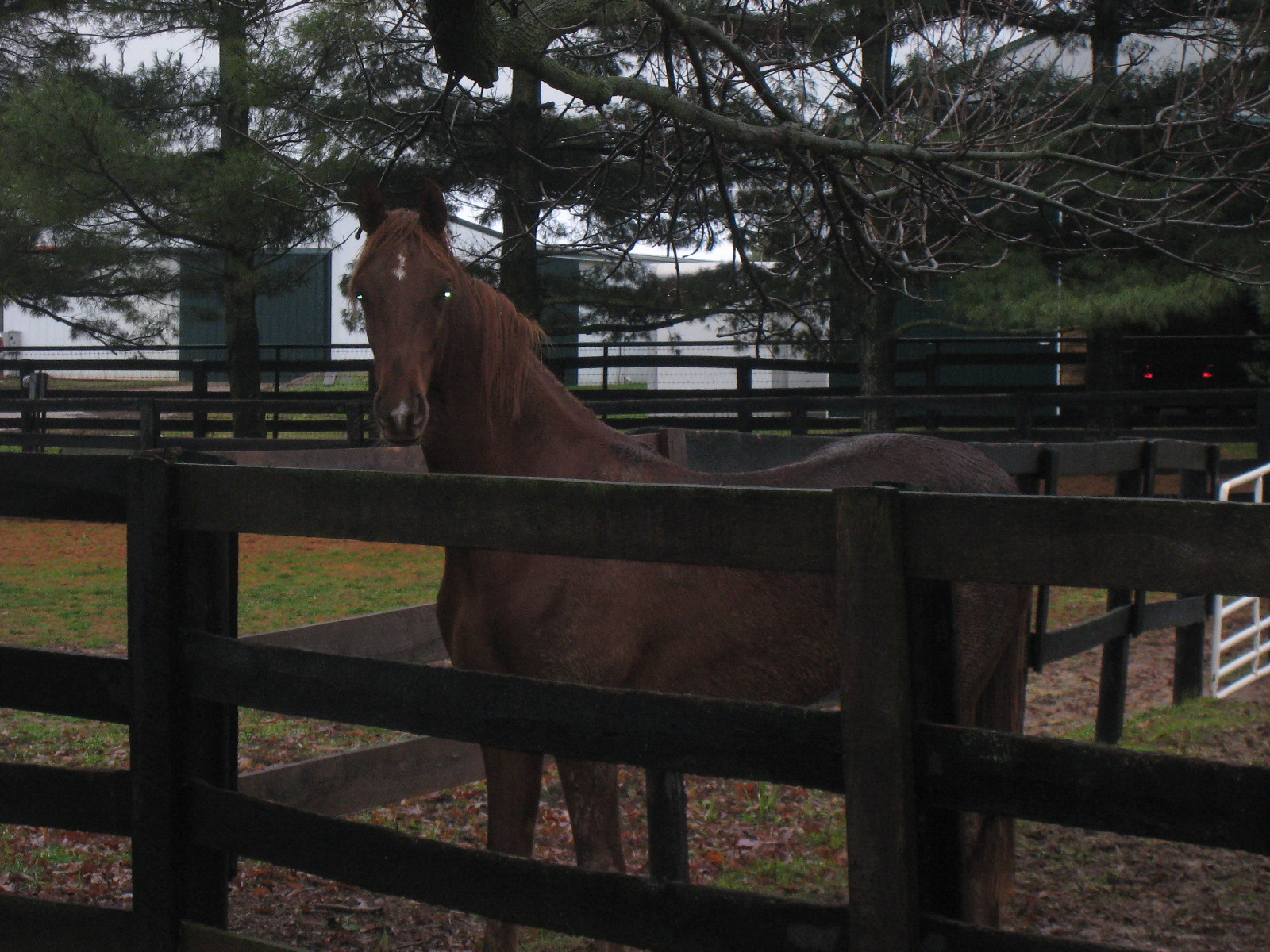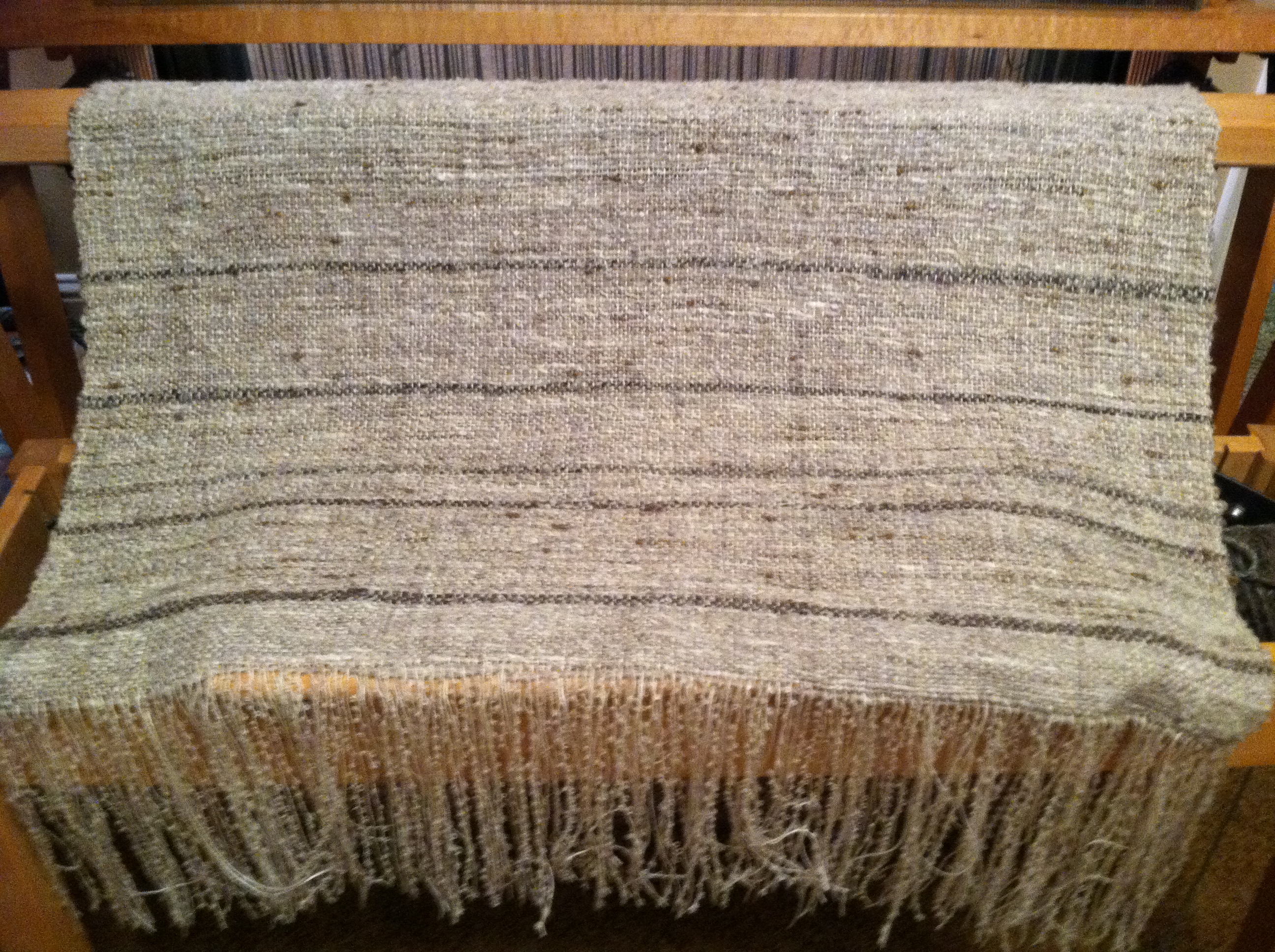Books
Jul 2nd, 2010 by Lori Puente
There are a lot of really great books out there on combatting illness, trauma, loss, and yes cancer. Even some great caregiving books. But these were THE THREE that brought me the most help in an expedient way. One was spiritual, one was inspirational and one was practical. If you are starting down this road of Multiple Myeloma or cancer, or even some other life threatening illness or disease, I highly recommend these three books. They won’t be the only ones you read, but they will help you “breathe!”
Anatomy of An Illness – Norman Cousins
Anatomy of An Illness was the first book by a patient that spoke to our current interest in taking charge of our own health. It started the revolution in patients working with their doctors and using humor to boost their bodies’ capacity for healing. When Norman Cousins was diagnosed with a crippling and irreversible disease, he forged an unusual collaboration with his physician, and together they were able to beat the odds. The doctor’s genius was in helping his patient to use his own powers: laughter, courage, and tenacity. The patient’s talent was in mobilizing his body’s own natural resources, proving what an effective healing tool the mind can be. This remarkable story of the triumph of the human spirit is truly inspirational reading. (I LOVE this book. I learned of it many years ago when spending my summers in Pennsylvania on my grandparent’s farm. I remember we all read it and talked in depth about faith, spirituality, the power of the mind, the body, medicine, etc. I had forgotten all about this book and one day I ran across it and it was like an old friend of great new significance that suddenly called or appeared in your life. I grabbed it like a lifeline!)
It’s Not About the Bike – Lance Armstrong
People around the world have found inspiration in the story of Lance Armstrong–a world-class athlete nearly struck down by cancer, only to recover and win the Tour de France, the multiday bicycle race famous for its grueling intensity. Armstrong is a thoroughgoing Texan jock, and the changes brought to his life by his illness are startling and powerful, but he’s just not interested in wearing a hero suit. While his vocabulary is a bit on the he-man side (highest compliment to his wife: “she’s a stud”), his actions will melt the most hard-bitten souls: a cancer foundation and benefit bike ride, his astonishing commitment to training that got him past countless hurdles, loyalty to the people and corporations that never gave up on him. There’s serious medical detail here, which may not be for the faint of heart; from chemo to surgical procedures to his wife’s in vitro fertilization, you won’t be spared a single x-ray, IV drip, or unfortunate side effect. Athletes and coaches everywhere will benefit from the same extraordinary detail provided about his training sessions–every aching tendon, every rainy afternoon, and every small triumph during his long recovery is here in living color. It’s Not About the Bike is the perfect title for this book about life, death, illness, family, setbacks, and triumphs, but not especially about the bike. –Jill Lightner (This was the first book I went out to buy when I came up for air. It is an incredibly inspirational book and while Dave doesn’t read things like this, I insisted, repeatedly. It was the perfect book in terms of giving one hope and inspiration.)
Beating Cancer with Nutrition – Patrick Quillin
Information about the human body’s own “host defense mechanisms” in the war on cancer, providing a multidisciplinary approach to treatment based on scientific studies and clinical experience. Quillin, a medical professional who has published extensively, has conducted nutrition studies with hundreds of patients in formal clinical settings. He discusses conventional therapies (chemotherapy, surgery), alternative therapies (macrobiotics, herbal and vitamin therapies), and related factors (psychosocial health, drugs, tobacco, immune dysfunctions). Appendixes list treatment referral agencies, mail-order nutrition products, suggested readings, nutritionally oriented doctors in the United States and Canada, and recipes using foods known to slow tumor growth. Written in an easy-to-read style, this work is informative, but some sections seem misplaced or redundant, and charts and graphs occasionally lack an identified source and are difficult to read. Still, this useful guide to authoritative alternatives in cancer treatment would be appreciated in public library or consumer health collections. –Virginia Lingle, Hershey Medical Ctr. Lib, Pennsylvania State Univ. (Dave was a horrible eater – horrible. Junk, fast food, etc. He traveled a lot and would not heed my advice of going to a nice restaurant and getting some decent food to carry out. It was a source of many arguments we had over the years. I gave up. This book was a terrific source of good, common sense. It wasn’t some weird, impossibly difficult diet – it was just make changes, work toward this, use your head, good basic common sense that we all know, but have lost along the way. I never took anything away from Dave, but I began to introduce to him, with encouragement and knowledge, better choices. As time went on the crap started to fade away into the distance.)








